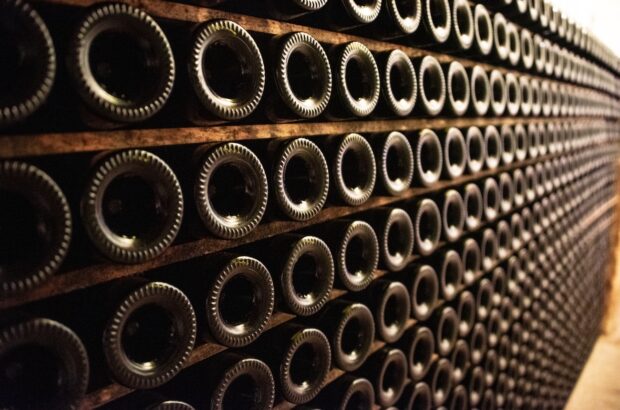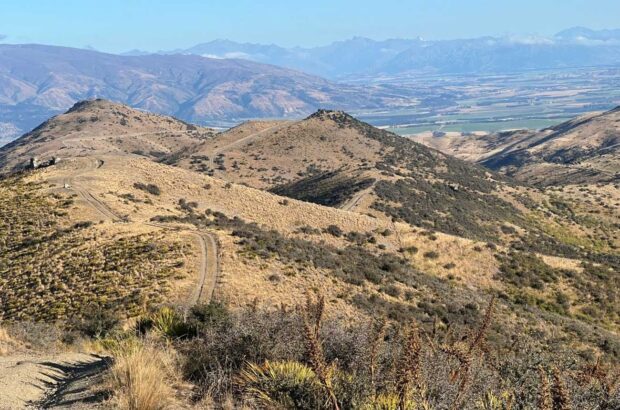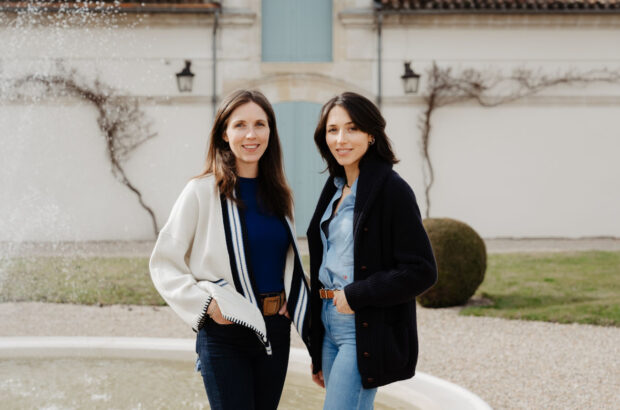2012 red Burgundy
Keep
An account of the 2012 growing season would suggest the vintage was catastrophic. But as so often happens in Burgundy, a fine September saved the day and ripened the grapes. Quantities are tiny, with domaines reporting yields of between 18 and 30 hl/ha, while quality is maddeningly inconsistent. There are tough, unappealing wines, and some magnificent wines.This makes it a difficult year to navigate as even within a single domaine there can be varying quality. The best wines have good tannic structure and will age well.
Weather Conditions
Spring was chilly and damp, and there was some frost, but nothing too dramatic. Continuing rain led to a difficult flowering, which in some places took a month to complete. There was extensive hail on June 6, but as the flowering was only just getting under way, damage was not that severe. But the miserable weather not only led to a reduced crop after flowering, but to constant outbreaks of mildew, and although growers could treat against them, the rain often washed away those treatments, lessening their effectiveness. This was not an ideal year for organic or biodynamic domaines.
There was a more serious outbreak of hail in the Côte de Beaune at the end of June, and continuing damp weather provoked more mildew. A heat spike in late July should have been welcome, but most growers had stripped leaves (or hail had done it for them) to improve ventilation so as to combat disease, and exposed bunches suffered from sunburn, reducing yields further. On August 1 there was hail, yet again in the Côte de Beaune, and an outbreak of oidium. Temperatures rose in August, with occasional storms, but fine weather set in on Augut 24. Ripening was surprisingly speedy because the crop level was so low, especially in the Côte de Beaune, where Savigny and Volnay domaines reported losses of up to 75 percent. The harvest began in late September, and sorting was required to remove damaged or dehydrated bunches.
The small berries meant the Pinots were very concentrated, but overall quality depended very much on the quality of the tannins extracted. This was quite difficult to assess when the wines were very young. Some seemed too extracted; others had been prudently vinified with a very light touch and seemed a bit washed out.
Best Appellations
The repeated hailstorms afflicted most damage on the Côte de Beaune, with villages such as Volnay, Pommard, Savigny, Beaune, and Aloxe-Corton badly affected. That does not mean that the wines from this area are necessarily poor or tainted, as the best domaines would have sorted rigorously. But the risk of encountering disappointing wines is inevitably greater than it would be in the Côte de Nuits, which largely escaped the hailstorms. Nonetheless there were losses in the Côte de Nuits too because of sunburn damage and the tricky flowering; some growers in Gevrey-Chambertin had lost half their crop by the end of June. What remained, though, was often of excellent quality, and in Marsannay growers reported no rot and no sorting. The reds from throughout the Côte d’Or are tannic and structured, so the best of them are well worth cellaring. And there were some excellent wines in the Côte Chalonnaise. The difficulty is in selecting the best wines. The inconsistency is such that they really needed to be tasted and assessed on an individual basis. This is probably a vintage in which to trust the top names, negociants as well as domaines, and steer clear of the unknowns.







